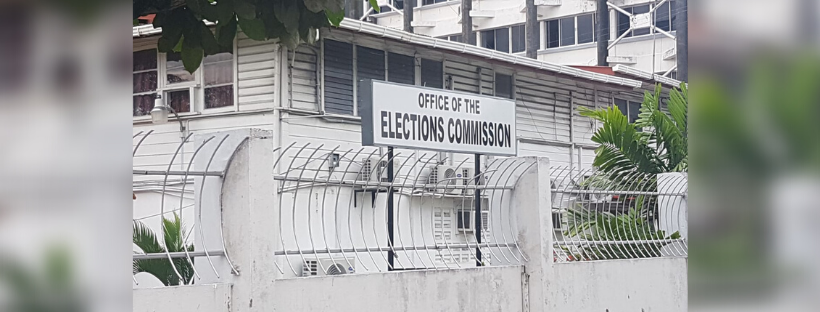Our head houses our brain which functions as our main control centre. Every single thought and action that we perform is derived from this complex organ. It regulates the function of each organ in our body and without it there wouldn’t be life itself. It is for that reason that it’s housed in our head which protects it with a strong bony structure called the skull.
We would have all hit our heads at some point in life, some more severe than others. For the most part, our skull absorbs the trauma, preventing injury to our brain.
In events when there is brain injury, would you know what to look for? Today we will highlight the levels of brain injury and their presentations.
MILD TRAUMATIC BRAIN INJURY
The signs and symptoms of mild traumatic brain injury may include:
· Loss of consciousness for a few seconds to a few minutes
· No loss of consciousness, but a state of being dazed, confused or disoriented
· Headache
· Nausea or vomiting
· Fatigue or drowsiness
· Difficulty sleeping
· Sleeping more than usual
· Dizziness or loss of balance
· Sensory problems, such as blurred vision, ringing in the ears, a bad taste in the mouth or changes in the ability to smell
· Sensitivity to light or sound
MODERATE TO SEVERE TRAUMATIC BRAIN INJURIES
Moderate to severe traumatic brain injuries can include any of the signs and symptoms of mild injury, as well as the following symptoms that may appear within the first hours to days after a head injury:
· Loss of consciousness – from several minutes to hours
· Persistent headache or headache that worsens
· Repeated vomiting or nausea
· Convulsions or seizures
· Clear fluids draining from the nose or ears
· Inability to awaken from sleep
· Loss of coordination
· Appearing very confused
· The victim is behaving very unusual.
· Slurred speech
· Unconsciousness
CHILDREN’S SYMPTOMS
Infants and young children with brain injuries may lack the communication skills to report headaches, sensory problems, confusion and similar symptoms. In a child with traumatic brain injury, you may observe:
· Change in eating or nursing habits
· Persistent crying and inability to be consoled
· Unusual or easy irritability
· Change in ability to pay attention
· Change in sleep habits
· Sad or depressed mood
· Loss of interest in favourite toys or activities
INTOXICATED PERSONS
This is a special group since they are more prone to injuring their head and when they do, it’s more difficult to determine their level of head injury. An intoxicated person can mimic signs/symptoms of head injury without injuring their head. It is therefore recommended that if an intoxicated person sustains trauma to their head, they should be brought for medical assessment once the mechanism of injury is deemed to be serious.
WHEN TO SEE A DOCTOR
You should see your doctor if you or your child has received a blow to the head or body that concerns you or causes behavioural changes. Once there is a person exhibiting any of the above listed symptoms/signs after injuring their head, they should be brought for emergency medical assessment. The terms “mild,” “moderate” and “severe” are used to describe the effect of the injury on brain function. A mild injury to the brain is still a serious injury that requires prompt attention and an accurate diagnosis.
We should all make strong efforts to protect ourselves and others from sustaining brain injury. It often happens in times of negligence. A world with less violence, no drug abuse, no drinking and driving and more thoughtful behaviour would mean a world with far less head injuries.













